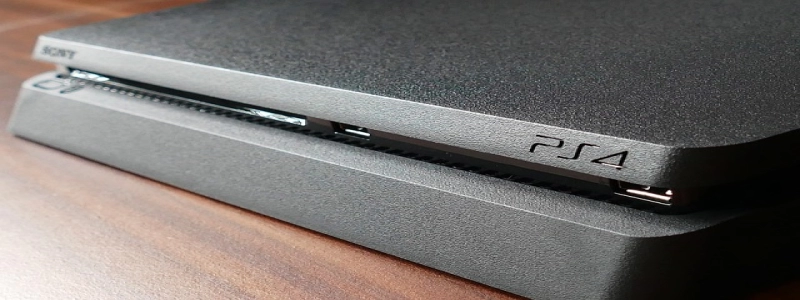Fixed Attenuators
Introduction:
Fixed attenuators are passive devices used in electronic circuits to reduce the amplitude of a signal without affecting its waveform. They are widely used in various applications, including telecommunications, audio equipment, and measurement systems. This article will provide a detailed explanation of fixed attenuators, their types, and their working principles.
Types and Construction:
Fixed attenuators are available in different types, each designed for specific applications. Some common types include voltage divider attenuators, T-pad attenuators, and pi attenuators. These attenuators are constructed using various components such as resistors and capacitors. The values of these components determine the amount of attenuation provided by the device.
Voltage Divider Attenuators:
Voltage divider attenuators are the simplest type of fixed attenuators. They consist of two resistors connected in series between the input and output of the circuit. The attenuation ratio is determined by the ratio of the resistances. For example, if the input voltage is 10 volts and the attenuation ratio is 1:10, the output voltage will be 1 volt.
T-pad Attenuators:
T-pad attenuators are commonly used in audio systems. They are named after their resemblance to the letter \”T\” in their circuit diagram. These attenuators consist of three resistors connected in a T-shape configuration. The input signal is connected to the top of the T, and the output is taken from the bottom of the T. The attenuation ratio is determined by the values of these resistors.
Pi Attenuators:
Pi attenuators, as the name suggests, have a circuit diagram that resembles the Greek letter \”pi\” (π). They consist of two resistors connected in series between the input and output terminals, with a third resistor connected between the middle terminal and ground. The attenuation ratio in pi attenuators is determined by the ratio of the resistances. These attenuators are commonly used in RF systems.
Working Principle:
The working principle of fixed attenuators is based on the concept of impedance matching. When a signal passes through an attenuator, the impedance of the attenuator should match the input and output impedance of the circuit to minimize signal reflections. Signal reflections can affect the performance of the circuit and lead to distortions. Hence, fixed attenuators are designed to provide the necessary impedance matching while reducing the signal amplitude.
Applications:
Fixed attenuators find applications in various fields. In telecommunications, they are used to equalize the signal levels in long-distance communication lines. In audio equipment, they are used to control the volume levels. In measurement systems, they are used to decrease the power levels to protect sensitive equipment. They are also used in RF circuits to provide signal loss when required.
Conclusion:
Fixed attenuators are essential components in electronic circuits for controlling signal amplitudes. They come in different types and configurations to suit specific applications. Understanding the types, construction, and working principles of fixed attenuators is crucial for engineers and technicians working in the field of electronics.








